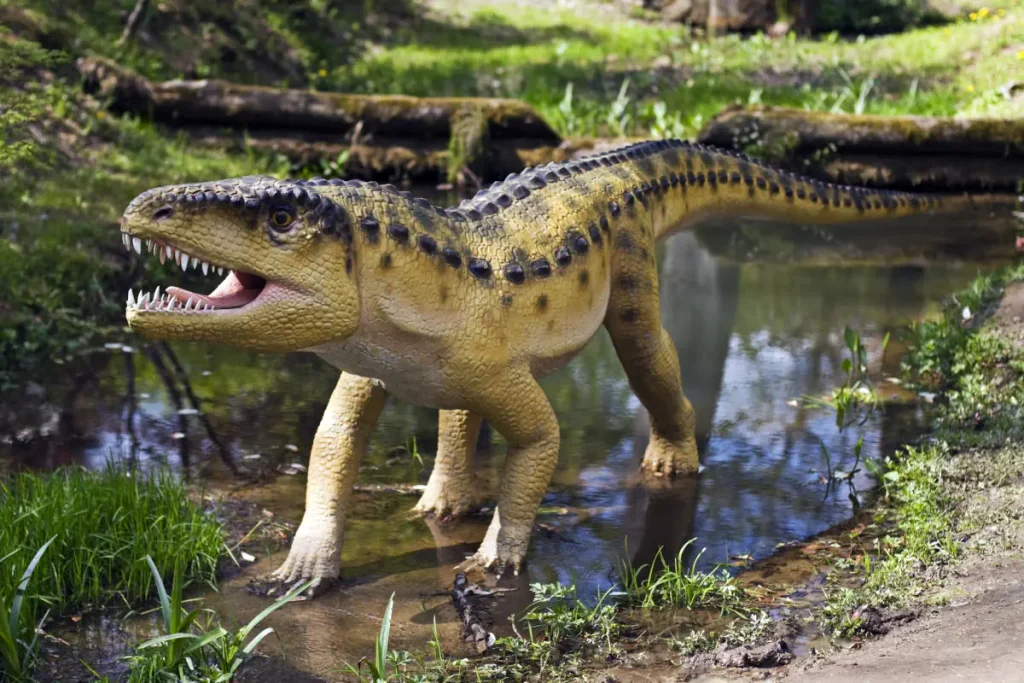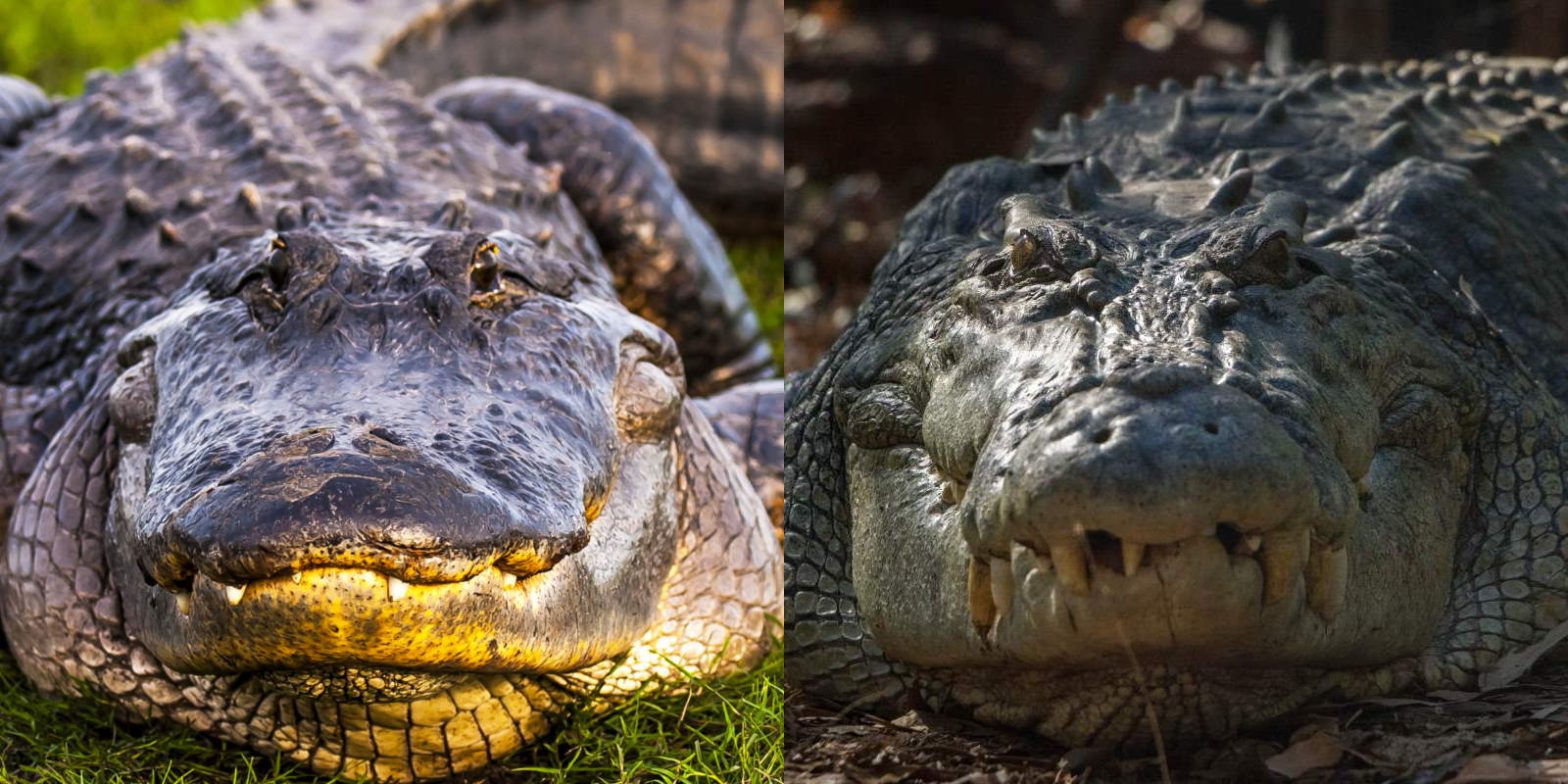Alligators and crocodiles are often mistaken for one another due to their apparent physical similarities. However, appearances can be deceiving. These reptiles, though looking similar to us, belong to different families and have evolved separately for millions of years.
So the answer is no, alligators and crocodiles cannot mate, because they are completely different animals that belong to different families.
Evolutionary Divergence: A Journey Back in Time
The lineages of alligators and crocodiles diverged over 80 million years ago, during the Late Cretaceous Period. This time frame is crucial in understanding their evolutionary paths. The existence of fossils from this era that are more closely related to alligators than crocodiles serves as a testament to this separation.
The Late Cretaceous Period: A Crucial Era
During the Late Cretaceous, a period spanning roughly from 100 to 66 million years ago, the Earth was a hotbed of evolutionary activity. This era was characterized by dramatic shifts in climate and geography, fostering an environment ripe for evolutionary change. The continents were in a state of flux, gradually moving towards the positions we see today, which led to the creation of new habitats and ecological niches.
This period saw the rise of flowering plants, drastically altering the landscape and providing new food sources and habitats. In the oceans, marine reptiles like mosasaurs and plesiosaurs dominated, while the skies were ruled by various species of pterosaurs. On land, dinosaurs were at their peak, with a diverse array of species occupying various ecological roles.
Amidst this backdrop of change and diversification, the ancestors of modern alligators and crocodiles were carving their own niches. These ancient reptiles, known as archosaurs, were adapting to life both in water and on land. As the Late Cretaceous progressed, two distinct groups emerged from these archosaurs – the ancestors of today’s alligators and crocodiles.

While both groups shared a common ancestry and certain adaptations for life in aquatic environments, they began to diverge in response to different ecological pressures and opportunities. This divergence was not just in physical attributes but also in behaviors, dietary preferences, and reproductive strategies. The crocodile ancestors perhaps ventured more into saline water environments, while the alligator forebears might have preferred freshwater habitats.
By the end of the Late Cretaceous, marked by the mass extinction event that wiped out the dinosaurs and many other species, these two groups had firmly established their separate evolutionary paths. The legacy of this divergence is evident today in the distinct characteristics and behaviors of modern alligators and crocodiles.
Genetic Separation between crocodiles and alligators: As Distant as Humans and Mice
As mentioned above, the lineages leading to modern crocodiles and alligators diverged in the Late Cretaceous Period (over 80 million years ago). That’s about as much time as separates humans and mice!
For humans and mice, though, this evolutionary journey involved adaptations to vastly different lifestyles and ecological niches. Humans evolved to become bipedal, develop complex brains, and create sophisticated social structures. Mice, on the other hand, remained small, quick, and adapted to a wide range of environments, from wild fields to urban areas.
Crocodiles and alligators, on the other hand, have retained similar lifestyles due to their shared aquatic environments. This has resulted in them maintaining a physical resemblance, with both species evolving streamlined bodies, powerful tails, and aquatic adaptations, despite their separate evolutionary paths. Their similar lifestyles in aquatic habitats have thus preserved their outward similarities.

Crocodiles and Alligators belong to different families
The differentiation between crocodiles, alligators, and the gharial is not just superficial but deeply rooted in their biological classification.
The Family Crocodylidae: Home of the Crocodiles
Crocodiles, classified under the family Crocodylidae, are a group of reptiles renowned for their presence across a wide geographical range. This family includes the true crocodiles, which have made their home in diverse tropical environments spanning Africa, Asia, the Americas, and Australia. The adaptability of these creatures is evident in their ability to thrive in various habitats, from freshwater rivers and lakes to brackish waters and even saltwater environments.
One of the defining characteristics of crocodiles within the Crocodylidae family is their physical makeup. They are typically larger and more aggressive than their alligator relatives, with a V-shaped snout that is longer and narrower. This snout design is particularly suited for catching fish, one of their primary food sources. Additionally, crocodiles tend to have a more noticeable overbite, where the fourth tooth in their lower jaw is visible when their mouth is closed.
Behaviorally, crocodiles exhibit unique traits that distinguish them from alligators. They are generally more agile in open water and are known to travel long distances across seas, which contributes to their widespread distribution. Furthermore, crocodiles tend to be more aggressive and less tolerant of other species, including humans, making them more dangerous in encounters.
The Family Alligatoridae: The Realm of Alligators
Alligators belong to the family Alligatoridae, a group distinct from their crocodile counterparts in several key aspects. This family is not just limited to the widely recognized American alligator but also includes the lesser-known Chinese alligator, along with various species that have since become extinct. The Alligatoridae family is primarily found in the Americas and China, showcasing a more restricted geographical distribution compared to the global presence of crocodiles.
The American alligator, perhaps the most famous member of this family, is native to the southeastern United States and is a prominent feature in states like Florida and Louisiana. They are known for their preference for freshwater environments, such as marshes, rivers, lakes, and swamps. The Chinese alligator is smaller and critically endangered, found in a limited area along the Yangtze River in China.
Physically, alligators in the Alligatoridae family are characterized by their broader, U-shaped snouts, which are more suited to a diet of prey found in their murky water habitats, such as fish, amphibians, and smaller mammals. This snout shape is one of the primary features that set them apart from the sharper, V-shaped snouts of crocodiles. Additionally, when their mouths are closed, the teeth of an alligator fit neatly into sockets in their upper jaw, making them less visible than those of crocodiles.
Behaviorally, alligators are generally less aggressive than crocodiles, though they can still be dangerous. They tend to be more tolerant of cooler temperatures and can survive in environments where water freezes. This adaptability to colder climates is another distinguishing trait of the Alligatoridae family.
Sources
- Crocodyloidea on Wikipedia
- Alligatoridae on Wikipedia
- Alligatoridae on the Encyclopedia Britannica website
- Alligatoridae on the Science Direct website
- Archosaur on Wikipedia
- Moon Landings: All-Time List [1966-2025] - February 2, 2025
- What Is Max-Q and Why Is It Important During Rocket Launches? - January 16, 2025
- Top 10 Tallest Rockets Ever Launched [2025 Update] - January 16, 2025
